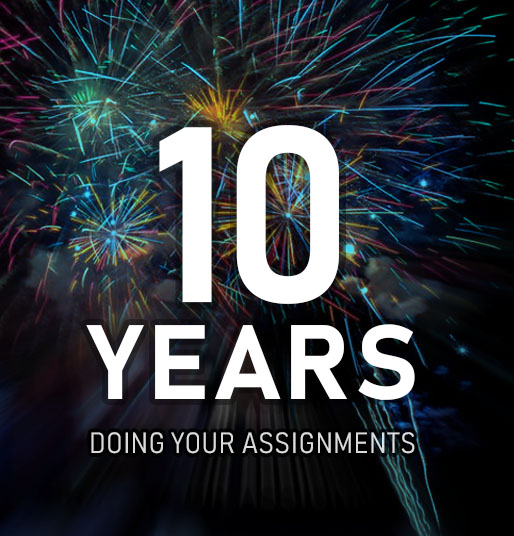Answer to Question #272393 in English for Teboho
Critically analyse diversity in the classroom by drawing connections amongst the theory of multiple intelligences and curriculum for the Grade 10 learners focusing on your specialisation (one subject). Practical examples are highly recommended to support your arguments.
Harvard University's Howard Gardner was the first to identify seven separate bits of intelligence. In greater detail, the theory proposes that “we are all able to know the world through language, logical-mathematical analysis, spatial representation, musical thinking, the use of the body to solve problems or to make things, an understanding of other individuals and an understanding of ourselves. Where individuals differ is in the strength of these bits of intelligence and the ways in which such bits of intelligence are invoked and combined to carry out different tasks, solve diverse problems, and progress in various domains.” This diversity, according to Gardner, should impact the way people are educated. He stated that these differences “challenge an educational system that assumes that everyone can learn the same materials in the same way and that a uniform, universal measure suffices to test student learning.”
Gardner claims that all human beings have multiple intelligences. These multiple intelligences can be nurtured and strengthened or ignored and weakened. His research from 1991 identified seven bits of intelligence; in the intervening time, he has come to believe there are a total of nine bits of intelligence:
- Verbal-Linguistic Intelligence: Well-developed verbal skills and sensitivity to the sounds, meanings, and rhythms of words.
- Mathematical-Logical Intelligence: The ability to think conceptually and abstractly, and the capacity to discern logical or numerical patterns.
- Musical Intelligence: The ability to produce and appreciate rhythm, pitch, and timbre.
- Visual-Spatial Intelligence: The capacity to think in images and pictures, to visualize accurately and abstractly.
- Bodily-Kinesthetic Intelligence: The ability to control one’s body movements and to handle objects skillfully.
- Interpersonal Intelligence: The capacity to detect and respond appropriately to the moods, motivations, and desires of others.
- Intrapersonal Intelligence: The capacity to be self-aware and in tune with inner feelings, values, beliefs, and thinking processes.
- Naturalist Intelligence: The ability to recognize and categorize plants, animals, and other objects in nature.
- Existential Intelligence: The sensitivity and capacity to tackle deep questions about human existence, such as the meaning of life, why we die, and how we got here.
APPLICATION OF THE THEORY TO GRADE 10 LEARNERS
By using Introduction to Computer Literacy Skills as a case subject, the theory will be very important in the following ways;
Poor readers who understand spoken words rather than printed words benefit from pictures; competent readers may manage the speed, and printing allows for simpler review. Sound media provide a stimulus for recognizing and recalling sounds. computer Students who struggle with reading can benefit from the audio narration. The application of visual media will help the learners to acquire and understand computer concepts through the identification of computer hardware. Students must complete assignments that indicate their understanding and retention. Covert, overt, motor, verbal, constructed, and select are all types of evoked performances. The mode of learning should be chosen to match the desired outcome.


Comments
Leave a comment